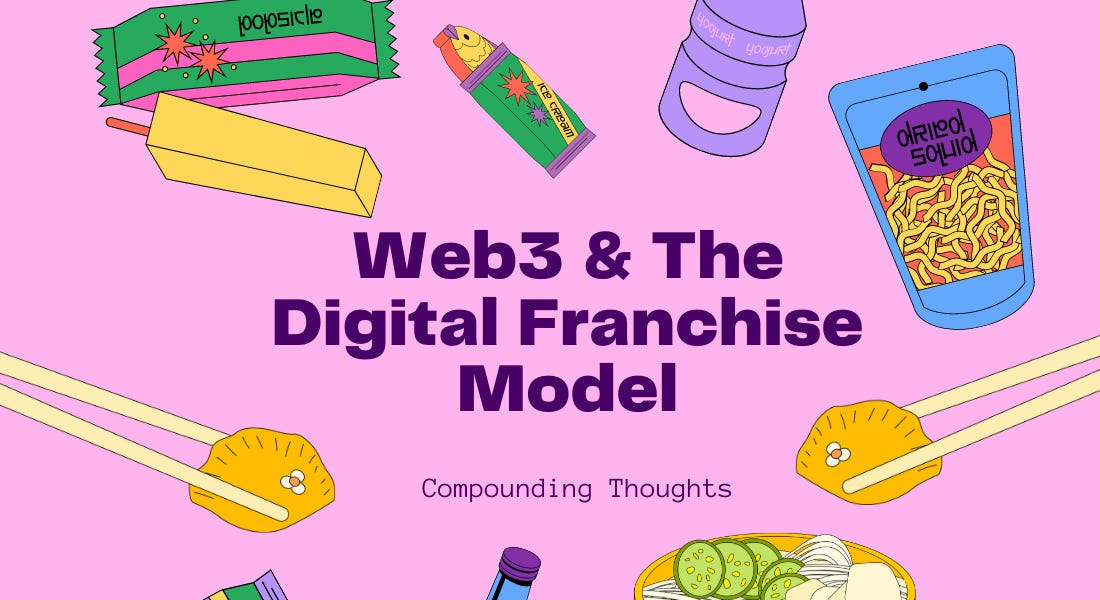To me, brands are like software. A brand is made up of a finite number of input variables (product form factor, color schemes, tone, personality, aspirations, price, ingredients/inputs) that are its source code. These values and aesthetics are programmed, but unlike software they are not deterministic. Each consumer transacts with a brand based on... See more

